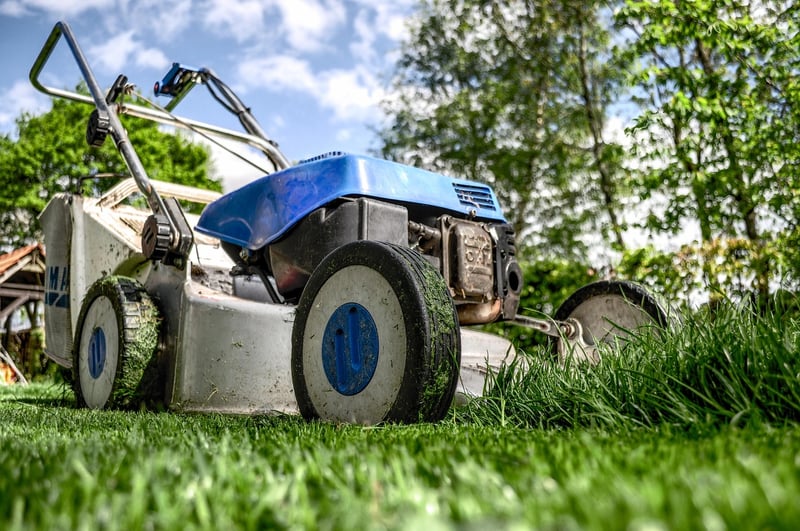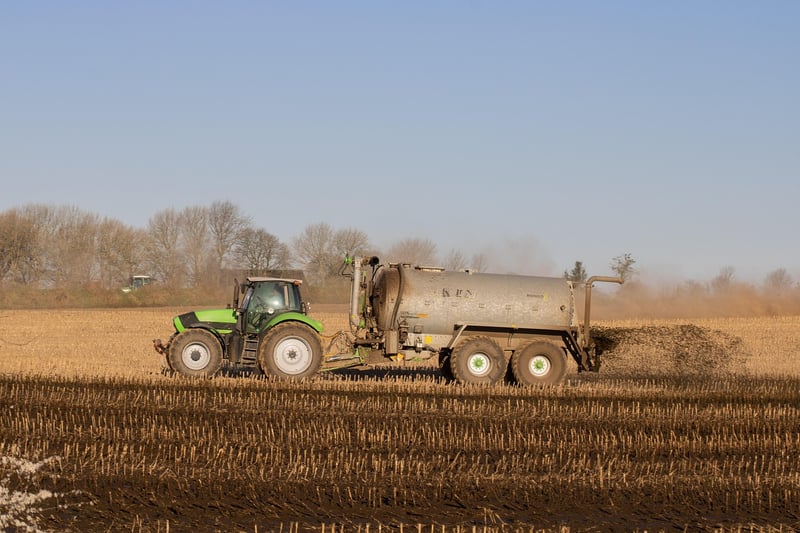Fertilizing Methods
Plant Maintenance and Fertilizing Methods
Introduction
Welcome to our guide on plant maintenance and fertilizing methods. Whether you are a seasoned gardener or just starting out, taking care of your plants and providing them with the right nutrients is essential for their health and growth.
Plant Maintenance
Proper plant maintenance involves a combination of watering, pruning, and pest control. Here are some tips to keep your plants healthy:
Watering
- Check the moisture level of the soil before watering.
- Water plants in the morning to reduce evaporation.
- Water deeply but less frequently to encourage deep root growth.
Pruning
- Regularly trim dead or overgrown branches to promote new growth.
- Use clean, sharp tools to prevent damage to the plant.
- Prune during the plant's dormant season for best results.
Pest Control
- Inspect plants regularly for signs of pests or diseases.
- Use natural remedies or organic pesticides to control pests.
- Remove heavily infested plants to prevent the spread of pests.
Fertilizing Methods
Providing your plants with the right nutrients is vital for their overall health. Here are some common fertilizing methods:
Organic Fertilizers
Organic fertilizers are derived from natural sources and provide a slow-release of nutrients to plants. Examples include compost, manure, and bone meal.
Chemical Fertilizers
Chemical fertilizers are synthetic products that deliver nutrients quickly to plants. It's important to follow the instructions carefully to avoid over-fertilization.
Foliar Feeding
Foliar feeding involves spraying nutrients directly onto the leaves of plants for quick absorption. This method is useful for correcting nutrient deficiencies.
Conclusion
By following proper plant maintenance practices and choosing the right fertilizing methods, you can ensure that your plants thrive and flourish. Remember to tailor your care based on the specific needs of each plant species to achieve the best results.


